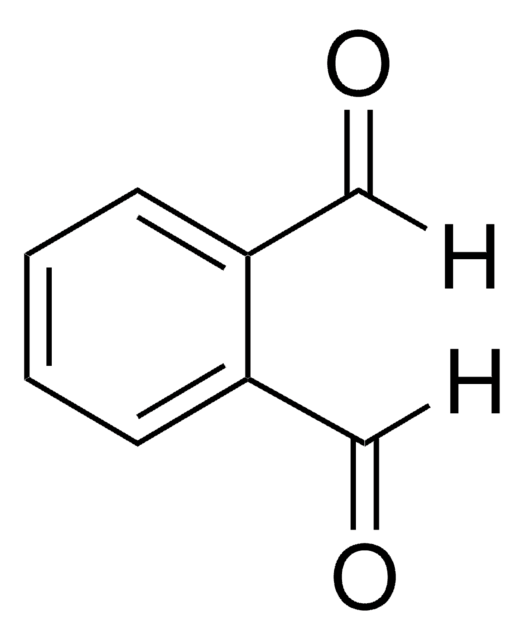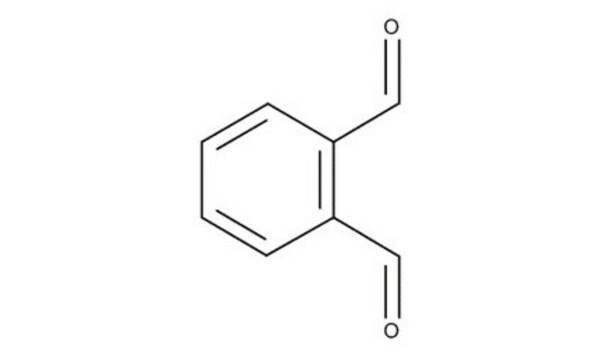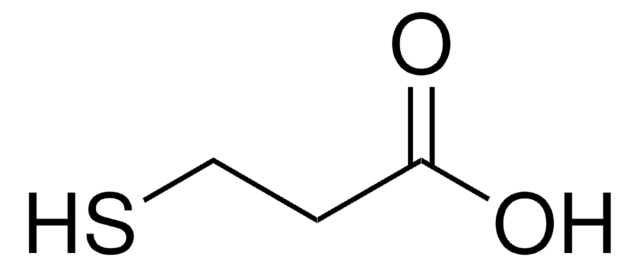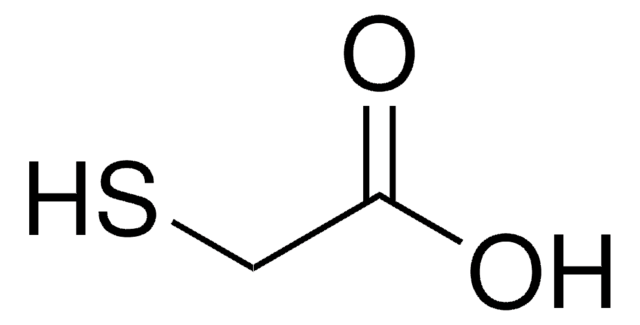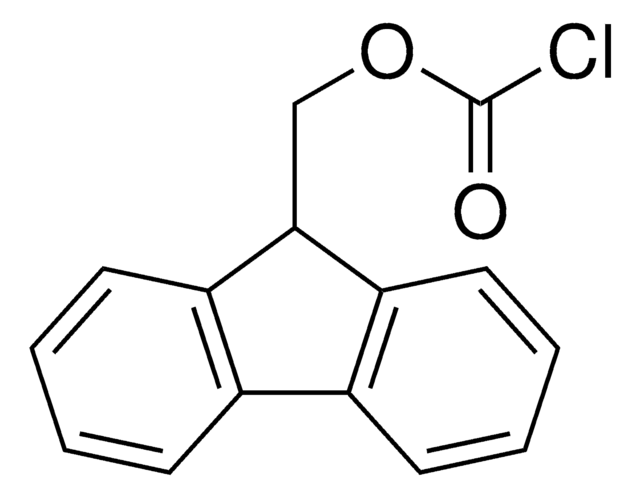79760
Phthaldialdehyde
for fluorescence, ≥99.0% (HPLC)
Synonym(s):
Benzene-1,2-dicarboxaldehyde, OPA, o-Phthalaldehyde, o-Phthalic dicarboxaldehyde, o-Phthalaldehyde, o-Phthalic dicarboxaldehyde
About This Item
Recommended Products
grade
for fluorescence
Quality Level
Assay
≥99.0% (HPLC)
form
solid
impurities
≤0.5% phthalic acid
mp
54-56 °C
fluorescence
λex 334 nm; λem 455 nm (Thiol Adduct)
λex 340 nm; λem 450 nm in reaction buffer (with glycine)
storage temp.
2-8°C
SMILES string
O=Cc1ccccc1C=O
InChI
1S/C8H6O2/c9-5-7-3-1-2-4-8(7)6-10/h1-6H
InChI key
ZWLUXSQADUDCSB-UHFFFAOYSA-N
Looking for similar products? Visit Product Comparison Guide
General description
Application
Biochem/physiol Actions
Signal Word
Danger
Hazard Statements
Precautionary Statements
Hazard Classifications
Acute Tox. 3 Oral - Aquatic Acute 1 - Aquatic Chronic 1 - Eye Dam. 1 - Skin Corr. 1B - Skin Sens. 1 - STOT SE 3
Target Organs
Respiratory system
Storage Class Code
6.1A - Combustible acute toxic Cat. 1 and 2 / very toxic hazardous materials
WGK
WGK 3
Flash Point(F)
269.6 °F - closed cup
Flash Point(C)
132 °C - closed cup
Personal Protective Equipment
Choose from one of the most recent versions:
Already Own This Product?
Find documentation for the products that you have recently purchased in the Document Library.
Customers Also Viewed
Our team of scientists has experience in all areas of research including Life Science, Material Science, Chemical Synthesis, Chromatography, Analytical and many others.
Contact Technical Service